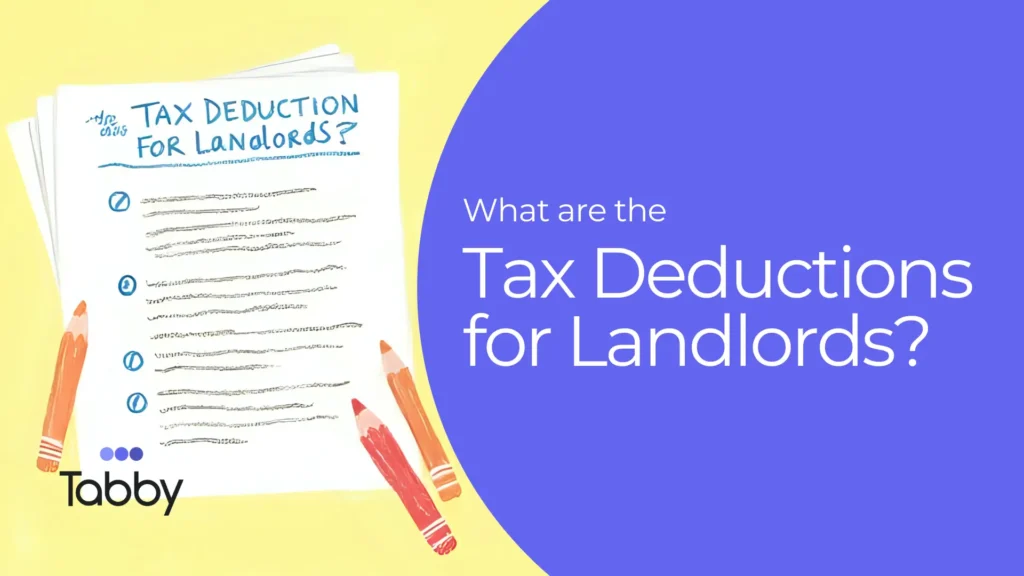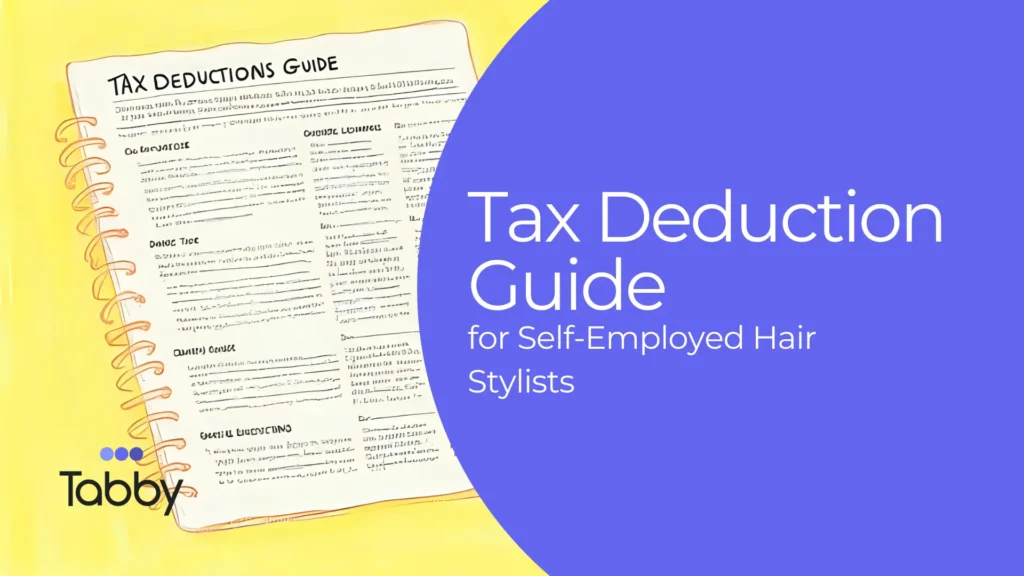Home Office Deduction Explained: How to Qualify & How Much You Can Save

Let’s be honest. Working from home can be amazing. Pajamas? Check. Coffee on demand? Double check.
But when tax season comes around, there is a little-known perk that many freelancers and small business owners miss. It is the home office deduction.
It is one of the most valuable tax breaks available. Yet, so many people skip it.
Some do not know they qualify. Others worry it might trigger an audit.
Here is the truth. If you follow the rules and keep good records, this deduction can actually lower your taxable income.
Who Qualifies for the Home Office Deduction?
To claim the deduction, you need to meet a few criteria.
Regular Exclusive Use
The area of your home used for business must be used only for work. Any occasional or personal use does not count. For example, a guest room with a desk does not qualify.
Principal Business Place
Your home office should be your main place of business. If you do most of your work there or regularly meet clients at home, you probably qualify.
Self-Employed Individuals
Employees who work from home usually do not qualify. There are exceptions. If your employer requires you to work from home and you do not have another office, you may qualify.
How to Calculate Your Home Office Deduction
There are two ways to calculate the deduction. You can choose whichever works best for you.
1. Simplified Method
This method is quick and requires minimal record-keeping.
- The IRS allows $5 per square foot of home office space, up to 300 square feet.
- The maximum deduction is $1,500 per year.
- You do not need to track actual expenses like utilities or maintenance.
Example
If your home office is 200 square feet, your deduction is 200 times $5, which equals $1,000.
2. Actual Expenses Method
This method uses a portion of your real home expenses based on how much of your home is used for work.
You can deduct expenses like:
- Rent or mortgage interest
- Property taxes
- Utilities such as electricity, water, and internet
- Home insurance
- Maintenance and repairs
To calculate, divide the square footage of your office by the total square footage of your home.
Example
If your office is 300 square feet and your home is 1,500 square feet, that is 20 percent. If your total home expenses are $5,000, your deduction would be $1,000.
How Much Can You Save?
The savings depend on your expenses and tax bracket.
- Simplified method: $1,500 deduction at a 24 percent tax rate saves $360.
- Actual expenses method: $1,000 deduction at 24 percent saves $240.
Even small deductions can make a difference when added to other business expenses.
Record-Keeping Tips
To make claiming the deduction smooth:
- Keep receipts for all home-related expenses.
- Maintain a floor plan or photos of your home office setup.
- Use accounting software or bookkeeping apps to track expenses automatically.
The home office deduction is a great way to reduce your taxes if you qualify. Keep accurate records, follow IRS guidelines, and choose the calculation method that benefits you most.
Need help tracking your home office expenses? Try Tabby. It makes bookkeeping simple and helps you maximize deductions.



